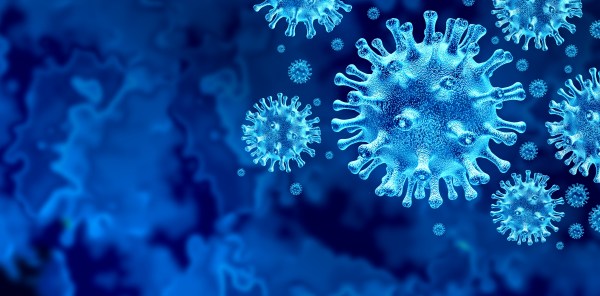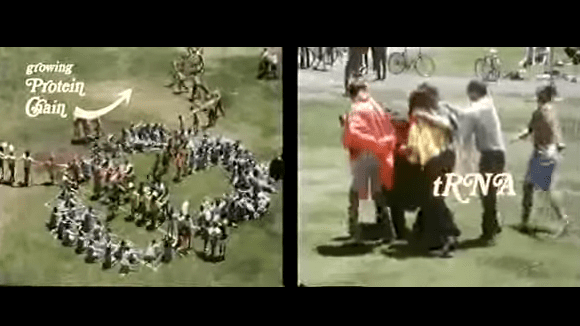In what sounds like the plot from a sci-fi movie, scientists have isolated an incredibly rare immune mutation to create a universal antiviral treatment.
Only present in a few dozen people worldwide, ISG15 immunodeficiency causes people to be more susceptible to certain bacterial illnesses, but it also grants the people with this condition immunity to known viruses. Researchers think that the constant, mild inflammation these individuals experience is at the root of the immunoresponse.
Where things get really interesting is how the researchers have found a way to stimulate protein production of the most beneficial 10 proteins of the 60 created by the natural mutation using 10 mRNA sequences inside a lipid nanoparticle. Lead researcher [Dusan Bogunovic] says “we have yet to find a virus that can break through the therapy’s defenses.” Researchers hope the treatment can be administered to first responders as a sort of biological Personal protective equipment (PPE) against the next pandemic since it would likely work against unknown viruses before new targeted vaccines could be developed.
Hamsters and mice were given this treatment via nasal drip, but how about intranasal vaccines when it comes time for human trials? If you want a short history of viruses or to learn how smartwatches could help flatten the curve for the next pandemic, we’ve got you covered.













